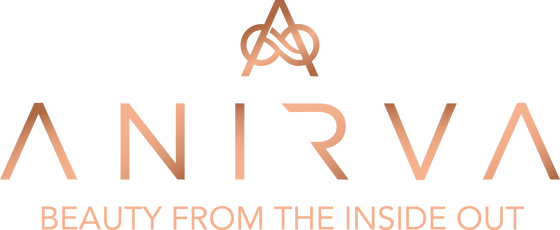GREEN TEA EXTRACT (EGCG)
A Green Tea Trial Showed Protection Against UV
A randomized controlled trial of green tea catechins in protection against ultraviolet radiation-induced cutaneous inflammation.
Author: Farrar MD1, Nicolaou A2, Clarke KA3, Mason S1, Massey KA4, Dew TP4, Watson RE1, Williamson G3, Rhodes LE5.
Abstract
BACKGROUND:
Safe systemic protection from the health hazards of ultraviolet radiation (UVR) in sunlight is desirable. Green tea is consumed globally and is reported to have anti-inflammatory properties, which may be mediated through the impact on cyclooxygenase and lipoxygenase pathways. Recent data suggest that green tea catechins (GTCs) reduce acute UVR effects, but human trials examining their photoprotective potential are scarce.
OBJECTIVE:
We performed a double-blind, randomized, placebo-controlled trial to examine whether GTCs protect against clinical, histologic, and biochemical indicators of UVR-induced inflammation.
DESIGN:
Healthy adults (aged 18-65 y, phototypes I-II) were randomly allocated to 1350 mg encapsulated green tea extract (540 mg GTC) with 50 mg vitamin C or placebo twice daily for 3 mo. Impact on skin erythema, dermal leukocytic infiltration, and concentrations of proinflammatory eicosanoids was assessed after solar-simulated UVR challenge, and subject compliance was determined through assay of urinary GTC metabolite epigallocatechin glucuronide.
RESULTS:
Volunteers were assigned to the active (n = 25) or the placebo (n = 25) group. After supplementation, median (IQR) sunburn threshold (minimal erythema dose) was 28 (20-28) and 20 (20-28) mJ/cm(2) in the active and placebo groups, respectively (nonsignificant), with no difference in AUC analysis for measured erythema index after a geometric series of 10 UVR doses. Skin immunohistochemistry showed increased neutrophil and CD3(+) T-lymphocyte numbers post-UVR in both groups (P < 0.01) with no statistically significant differences between groups after supplementation. Cyclooxygenase and lipoxygenase metabolites prostaglandin E2 (vasodilator) and 12-hydroxyeicosatetraenoicacid (chemoattractant), respectively, increased after UVR (P < 0.05), with no differences between supplementation groups.
CONCLUSION:
Oral GTC (1080 mg/d) with vitamin C over 3 mo did not significantly reduce skin erythema, leukocyte infiltration, or eicosanoid response to UVR inflammatory challenge. This trial was registered at clinicaltrials.gov as NCT01032031.










